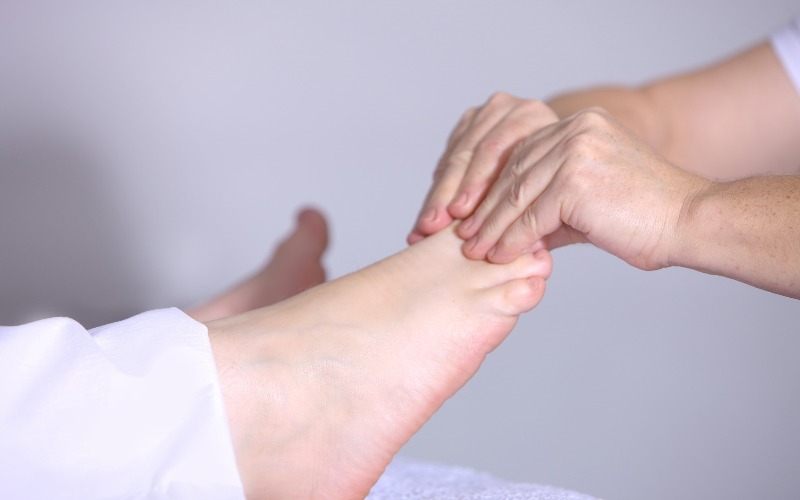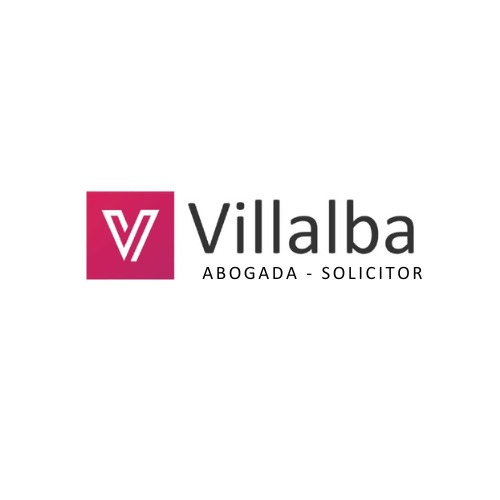- Walking
- When is it too hot to walk in Spain?
- What are the benefits of using Wikiloc i...
- WALK TALL - Informal Walking Group
- Walk With Purpose and Raise Funds with t...
- WalkTallSpain Walking Videos
- How to keep cool walking in Spain
- Walking Routes
- WalkTallSpain Merch
- PELIGRO Dangers of Walking & Hunting
- Physical & Mental Benefits of Walking
- More articles here »
- Writing
- Spain
- Therapies
- Partnership Hub
Reflexology
Reflexology (Zone Therapy) Why It’s My Favourite Therapy
Walking the miles I do every week, I have to take special care of my feet. My “plates of meat” (feet!) are my tools, my friends, and they need to stay in tip-top condition to keep me moving. Reflexology has become as natural to me as brushing my teeth—I just wish I could enjoy it daily! Not only does reflexology support healthy feet, but it also helps balance the whole body and calm the mind. It’s my way of showing gratitude to my hardworking feet while giving my body some much-needed TLC.
What is Reflexology?
Reflexology, also known as Zone Therapy, dates back to Ancient Egypt, China, and India, and became known in the Western world in the early 1900s. It’s a non-invasive complementary therapy that focuses mainly on the feet. A reflexology session often begins with a calm, soothing environment: gentle music, a relaxed atmosphere, and a therapist’s healing touch. Before long, I find myself drifting into a meditative state, sometimes even falling asleep, as the stress melts away.
How Does Reflexology Work?
The principle behind reflexology is simple: different points on the feet correspond to different parts of the body.
- The big toe represents the head.
- The line from the big toe to the heel reflects the spine.
- The left foot mirrors the left side of the body, and the right foot mirrors the right.
Who Can Try Reflexology?
Reflexology is suitable for people of all ages. However, it’s not recommended if you:
- Have foot infections (such as athlete’s foot)
- Have blood clotting disorders
- Have open wounds on the feet
- Are in the third trimester of pregnancy (f you’re unsure, always check with your therapist first.)
Benefits of Reflexology
Reflexology is often described as being “more detoxifying than a full body massage.” From my research and personal experience, here are some of the many benefits:
- Improves nerve function and sensitivity – restoring and awakening dormant or injured nerves
- Boosts circulation – carrying oxygen and nutrients to vital organs and damaged cells
- Relieves foot pain – such as Plantar Fasciitis, which I’ve experienced myself
- Supports detoxification – by stimulating the lymphatic system (a reason to drink plenty of water after treatments)
- Deep relaxation – calming both mind and body
- Eases anxiety and depression – by soothing the nervous system
- Emotional release – helping you feel balanced and peaceful
- Supports liver function
- Strengthens the immune system
- Reduces PMS symptoms
Why Reflexology Matters to Me
For me, reflexology is far more than a foot treatment, it’s a whole-body reset. Every session is a reminder that looking after my feet means looking after the rest of me. Reflexology allows me to continue my passion for walking miles upon miles, while also restoring balance, peace, and wellbeing. Have you tried it? What did you think?
Previous comments
Leanne Plant
"I am very pleased that you enjoy this amazing treatment. For me as a therapist, I love working on a client's feet. I think it is incredible that they can indicate so much, and caring for our feet really does enhance well-being. Reflexology is a holistic therapy, so in addition to the physical reaction and relaxation experienced during a treatment, it can also improve mental health. There are many benefits to reflexology, and regular treatments can help to keep the mind and body balanced. Reflexology is undoubtedly one of the most relaxing treatments I deliver, and it is not unusual for clients to drift off into a state of deep relaxation during their treatment!"
Nikki Lofting
"I am an intuitive reflexologist and foot reader. I also love feet! They talk and can tell us lots about the client and where they are in their journey. It is great to help someone grow and watch them become the person they should be. It's lovely to be part of that journey. Reflexology isn't for everyone as not many like feet, but those of us that do, I cannot think of anything more rewarding.
"
Leave a comment about this article.
Please only enter text (up to 1500 characters) and no symbols.



.jpg)
